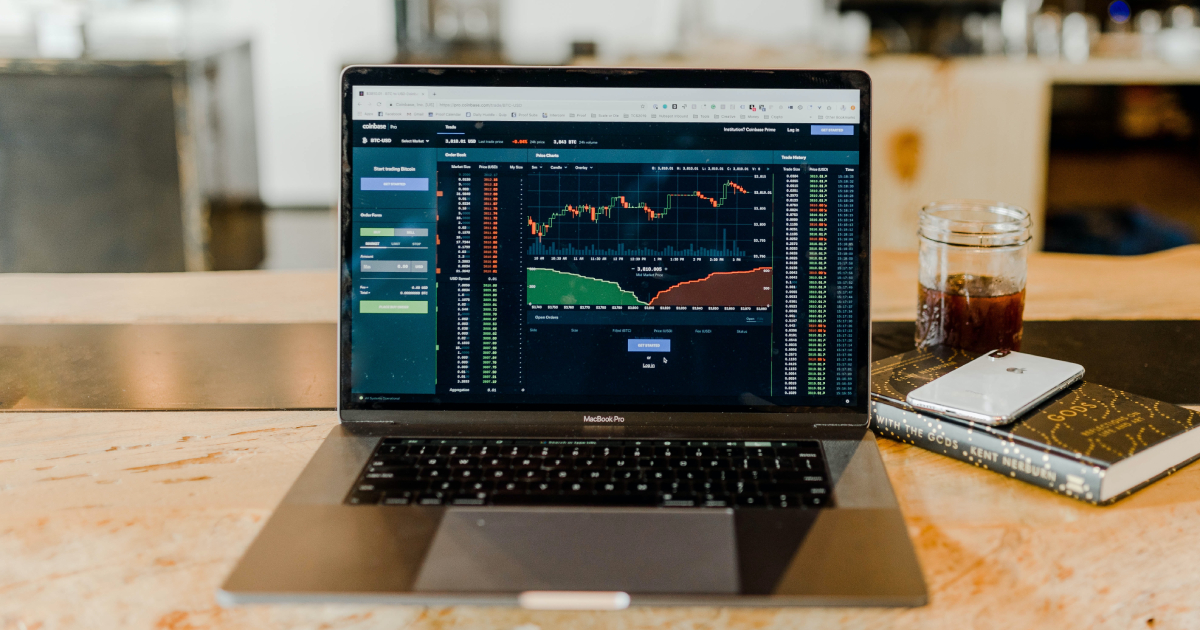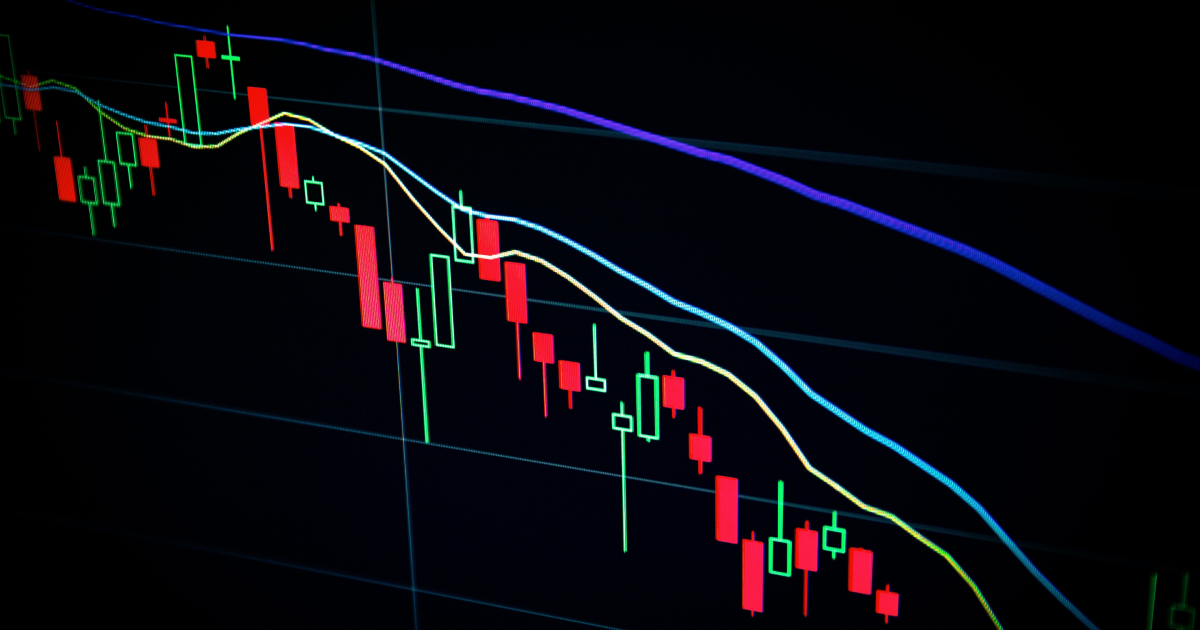As of 2022, the commodity dealing and brokerage market in the United States are worth an estimated $24.3 billion.
As prices rapidly fluctuate on necessary products, investors may be hesitant to invest in these industries. Understanding how these materials are traded is critical in making informed investment decisions.
Keep reading to learn the fundamentals of trading commodities.
Beginnings of the Commodity Market

Raw materials have been traded and sold since the beginning of time. What has evolved is the method of trading commodities.
Between 4500-4000 BC in Sumer, early forms of commodity trading took hold. Sumerians primarily used clay tablets to keep track of sold and delivered goods. After a seller delivered a good, they noted the date and time of delivery on a tablet.
The seller was not paid until settling the contract. This closely mirrors how commodities are traded today.
Materials Traded on the Commodity Market

Materials traded on the commodity market are raw materials. There are soft commodities such as agricultural goods and livestock. Hard commodities include natural resources such as oil and gold.
When someone invests in a commodity market, they are not investing in a specific business. Investors are choosing to invest in the production and global sales of a specific material.
Trading Commodities by Futures
The derivative markets are the markets most consumers are familiar with when discussing trading commodities.
Futures are contracts outlining the set price and date a commodity will be sold at. Buyers negotiate with sellers to purchase raw materials for a decided price ahead of time. Futures are commonplace in the oil industry and is the primary method of how oil is traded.
For example, you may agree to a futures contract outlining that you will purchase 2,000 barrels of oil in 30 days for $60 a barrel. Instead of receiving a physical good, you would close your contract out at the end of the 30 days to sell this oil.
If oil is worth $60 a barrel by the time you’re able to sell it, you’ve made a profit! If the price of oil has fallen by then, you will take a loss.
What Can Affect a Market?

Any type of disruptive event will affect a commodity market.
COVID-19, for example, affected the number of people traveling and using gasoline. This lowered the price of oil. Investors that purchased oil at a usual market price saw major losses when contracts expired and it was time to sell the oil after the crisis.
Any given commodity market risks a loss in value at any given time. Lone investors might not have the capabilities to predict and understand the complexities of these markets. These capabilities often lie with investment firms and companies built to handle trading in these markets.
Understanding Commodities
Trading commodities can be profitable for organizations and investors. Although these are volatile markets, understanding the driving factors between soft and hard commodity prices can help you make the best investment decision.
What are you waiting for? Find a financial advisor that can guide you in trading on the commodities market.





